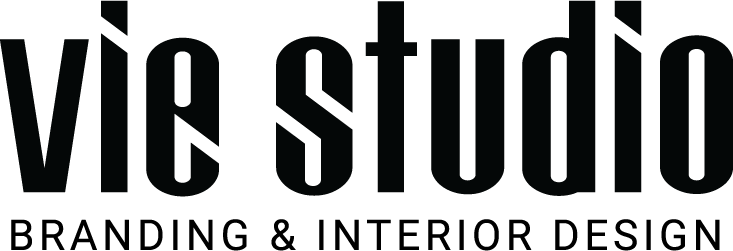Designing for Discovery: Flow, Feeling & the Power of Pause
In 2025, spatial design isn’t just about moving people from point A to B. It’s about how they feel along the way.
Today’s environments are multi-sensory and narrative-led. Whether it’s a hospitality venue, retail flagship, or workplace hub, great spaces don’t just direct; they invite. They encourage people to linger, explore, and engage at their own rhythm.
At Vie Studio, we approach spatial planning with intention and emotional logic, shaping not just how a space functions, but how it flows, feels, and forms memory. Here’s how we design for discovery in ways that resonate deeper.
1. Wayfinding as a Quiet Conversation
At Vie, we believe navigation should feel natural, not imposed. Gone are the days of bold signage and directional arrows as the default. Instead, we integrate wayfinding into the architecture and materiality itself, creating visual whispers rather than loud directions.
How we guide through subtlety:
Typography or iconography etched into surfaces or integrated into joinery
Lighting zones that signal movement or transition without needing signs
Colour-blocked materials or floor finishes to hint at zones or hierarchy
Good wayfinding should feel like instinct, not instruction.
2. Flow That Follows Behaviour
Traditional layouts often treat movement as a means to an end. But we design circulation as experience. Every step, sightline, and sequence is intentional, drawing people in without forcing speed or structure.
Design moves that support this:
Framed thresholds that reveal focal points slowly
Staggered sightlines that unfold layers of the space
Soft transitions that prioritise experience over efficiency
Movement should be guided by curiosity, not just convenience.
3. Creating Purposeful Pause
In a world built for speed, stillness becomes powerful. We intentionally design moments of pause, both visually and physically. These might not be labelled ‘rest areas,’ but they offer guests a chance to stop, reflect, or absorb their surroundings.
What pause looks like:
Integrated seating (planters, plinths, niches) that feel natural
Quiet corners with ambient lighting or soft textures
Product zones that encourage exploration, not just consumption
Pauses make space feel human, grounded, and emotionally layered.
4. Storytelling Through Spatial Progression
Every project we design tells a story, and the unfolding of that story is where discovery comes alive. We choreograph spatial experiences the way you might edit a film: building tension, release, and memory through material, light, and rhythm.
How we reveal space with intention:
Designing movement from public to private, fast to slow
Layering textural or tonal changes to cue emotion
Letting sensory detail build across the journey
A memorable space isn’t static. It evolves as you move through it.
Final Thought:
In 2025, discovery is a design language of its own.
At Vie Studio, we don’t just guide people. We create moments that resonate. Whether through intuitive wayfinding, soft pauses, or sensory storytelling, our spaces are made to be felt, not just seen.
📩 Designing a space that invites exploration and connection?
Let’s shape a journey that inspires at every step.



